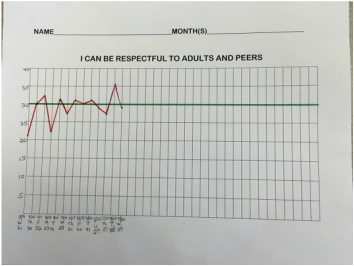STUDENT DATA BINDERS
The major reason to create student data binders is to allow individuals to chart their own progress. Goals are set for specific skills and children record and/or review their results on specific tasks regularly. Graphs, checklists, and rubrics often work well as ways to show data.
Student data binders act as a vehicle to promote discussion between the teacher and the child. Together they talk about what they notice about the information and they brainstorm any changes that can be made to improve or enhance performance. As students observe their own growth, they are motivated to participate and continue working hard to reach goals. For those children who do not show growth, they receive adult support to help them get on the path to improvement.
Be selective and have students include information that is most important to them to increase their motivation to participate. Some examples of when student data binders are useful tools for the classroom include information about:
*running record levels
*reading fluency
*checklists for writing/evidence based responses
*math sprints or fluency probes
*science tasks
*behavior
Students can also include the information from their data binders when they share their work with parents at portfolio breakfasts. At Primrose Hill School, many classrooms invite families in twice a year to celebrate the accomplishments and progress of their children.







